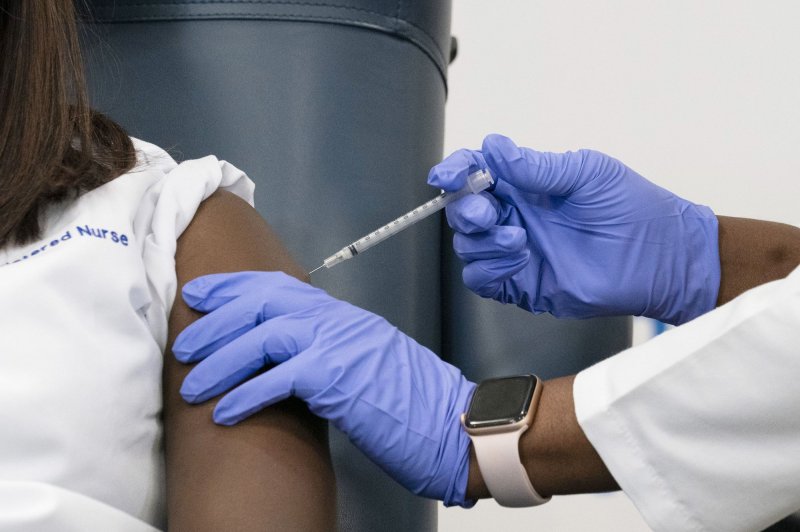
July 2 (UPI) — Fewer than half of U.S. states made “equity” a key component of COVID-19 vaccine distribution plans, despite evidence of increased virus-related risks faced by racial and ethnic minorities and those living in poverty, an analysis published Friday by JAMA Network Open found.
In the analysis of 51 vaccine distribution plans created by states and Washington, D.C., 20 included provisions for a “health equity committee,” the data showed.
Of the 12 health equity committee for which membership information was provided, eight had minority group representation, the researchers said.
In addition, eight of the 51 vaccine distribution plans listed minority group representation among those involved in drafting them.
“It is apparent we need to have a more standardized process in which states can use to roll out something as important and complicated as a vaccine to our citizens,” study co-author Dr. Juan Rojas told UPI in an email.
“This process should account for the known healthcare disparities in our country … to ensure adequate and equitable access to these vaccines or other scarce resources in future crises,” said Rojas, an instructor in pulmonary and critical care medicine at University of Chicago Medicine.
Research published by JAMA Network Open in September found that Black people in the United States, as well as poorer people, were up to five times as likely to get COVID-19 compared to White people and those in middle- and higher-income households.
Part of the reason for this increased risk is that lower-income individuals are more likely to work in “essential” jobs that preclude them from staying home and avoiding possible exposure to the virus, researchers say.
In addition, racial and ethnic minorities and those living in poverty are more likely to have chronic health conditions — including diabetes and heart disease — that, based on existing data, place them at increased risk for severe COVID-19.
As a result, efforts to ensure access to COVID-19 vaccines among at-risk groups has been a prominent talking point since the rollout of the shots began in December.
Several states have offered financial incentives such as lottery tickets to encourage people to get vaccinated, though these programs appear to have had little impact on vaccination rates, according to a separate study published Friday by JAMA.
However, early data suggests that people living in low-income neighborhoods were less likely to be vaccinated during the early months of the rollout compared with those residing in wealthier areas.
“To lead to higher vaccine uptake among Hispanic/Latinx, Black and low-income communities, structural disadvantages … must be considered,” population health researcher Natasha J. Williams told UPI in an email in June.
“[This] includes vaccine access, [high prevalence of] night-shift work or working low-wage jobs where it is difficult to take paid time off,” said Williams, an assistant professor of health and human behavior at NYU Grossman School of Medicine in New York City.
Williams and her colleagues at NYU Grossman recently documented the existence of “vaccination access deserts” among low-income neighborhoods in the five boroughs.
Of the 51 vaccine distribution plans evaluated by Rojas and his colleagues, 26 were developed in collaboration with “organizations that serve minority populations,” the researchers said.
Estimated vaccine allotments for “vulnerable patient populations” were included in 24 of the plans, they said.
“These initial plans were a reflection of the initial scarcity of the COVID-19 vaccines [and] this is fortunately no longer an issue in our country at least,” Rojas said.
“I would encourage anyone who is still unvaccinated to get a vaccine as soon as possible,” he said.